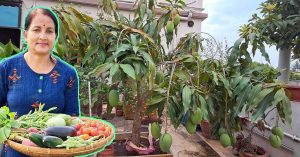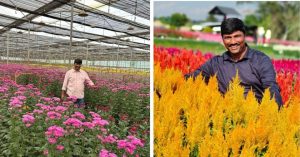Engineer’s Biofertiliser Helps Farmers Cut Costs by 50%, Earns Him Over Rs 1 Crore
Akshay Shrivastav, a chemical engineer, launched 'Navyakosh', a unique fertiliser rich in microbes that can help farmers increase their productivity. He started his company, LCB Fertilizers, in his backyard during the COVID-19 pandemic-induced lockdown.

Tejraj Sahu, a farmer hailing from the Bargarh district of Odisha, recalls his best day ever to be in March 2023. It was the day the farmer trusted his paddy field with a new fertiliser. The harsh scorching sun coupled with unseasonal rains and reduced water holding capacity of the field had spelt trouble for Sahu’s crops for some time.
But just when things were looking bleak, he got to know about a new fertiliser ‘Navyakosh’ that was making waves in the farming community in Uttar Pradesh.
Sahu immediately got in touch with its creator Akshay Shrivastav from Kushinagar. He wanted to understand if the fertiliser lived up to what it promised — increasing yield by 20 percent while cutting the cost by 50 percent.
Akshay assured him it did.
To gain Sahu’s trust, Akshay told him he would be shipping him one tonne of the product (20 bags of fertiliser) for free. “You can try it to believe it,” he told Sahu, who was thrilled.
In the months that followed, not only did this “miracle” product help Sahu’s paddy field tremendously, but it also increased productivity in the neighbouring fields where it was used. In total, 15 farmers were witness to the wonders of the product.
The difference in the health of the crop was visible. And passersby were quick to notice. Sahu would tell everyone who enquired that a fertiliser was responsible for this drastic transformation. And soon, many hopped onto the bandwagon of wanting to purchase the product, compelling Sahu to start an outlet where he procured and sold LCB Fertilisers.

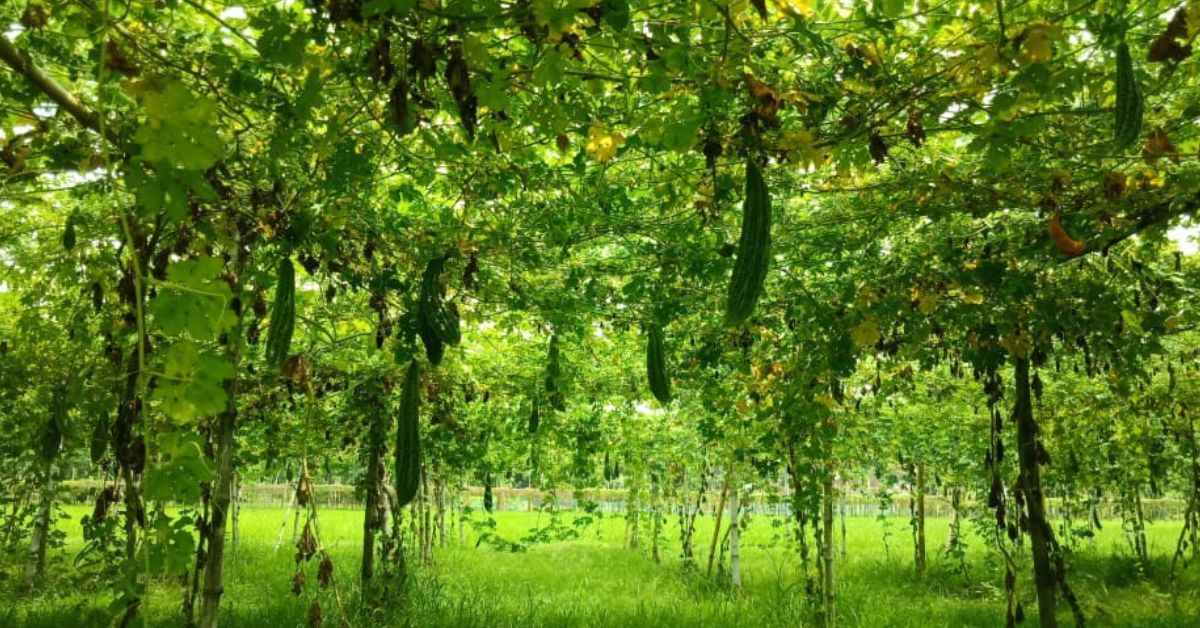
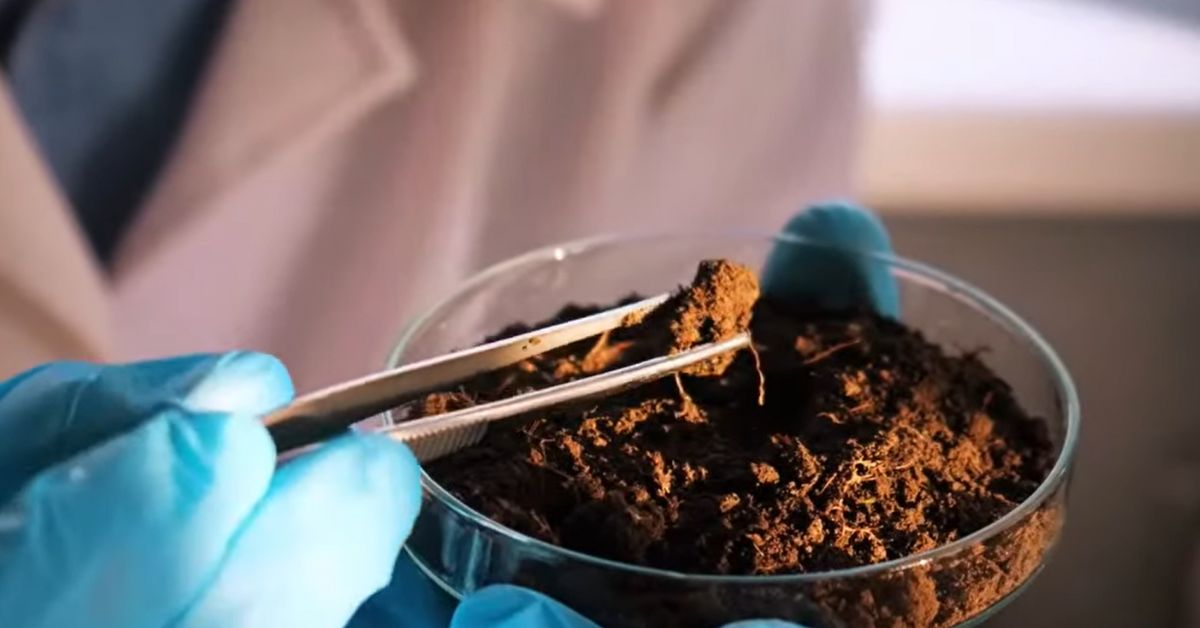
“Today, his outlet selling the Navyakosh fertiliser is a hit!” Akshay shares with The Better India. “He purchases it from us for Rs 600 per 50 kg and sells it for Rs 800.”
We sat down with him to understand the business model and how his journey began.
How it all started
For the 25-year-old chemical engineer, being able to build a brand that is helping farmers is a dream come true. Belonging to a farming family who lived off the land, Akshay is no stranger to the woes of the community.
He recalls watching with a breaking heart as unexpected rains would often wash off their next month’s food. The two bighas of land (less than one acre) where the family grew wheat, mustard and sugarcane, were their pride. “I have watched my parents struggling to survive on agriculture. I have seen my father try everything to increase productivity; from chemical fertilisers, organic fertilisers, cow dung, you name it and he has used it.”
He recalls how they were often chided for devoting so much of their energies to the field.
“But our livelihood is farming. If our field didn’t do well, what would we eat? We had to focus on our field!” he argues. So, years later, when he was tasked with a project in the third year of his college, Akshay did not have to ponder much on what this would be. The idea had been ready since he was a little boy.

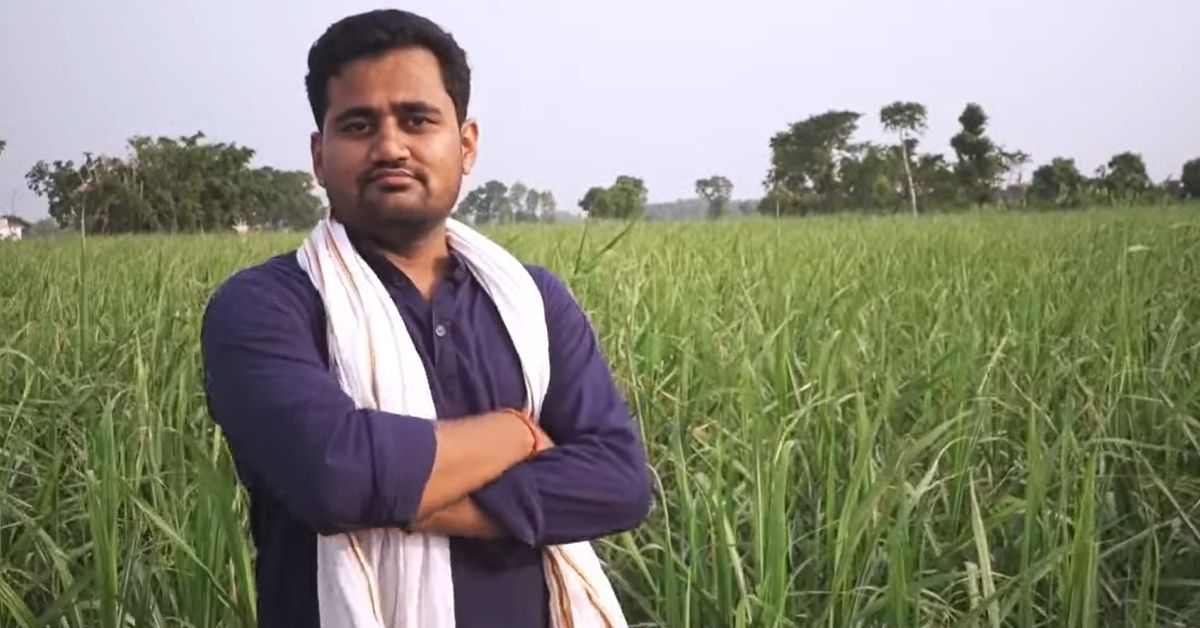
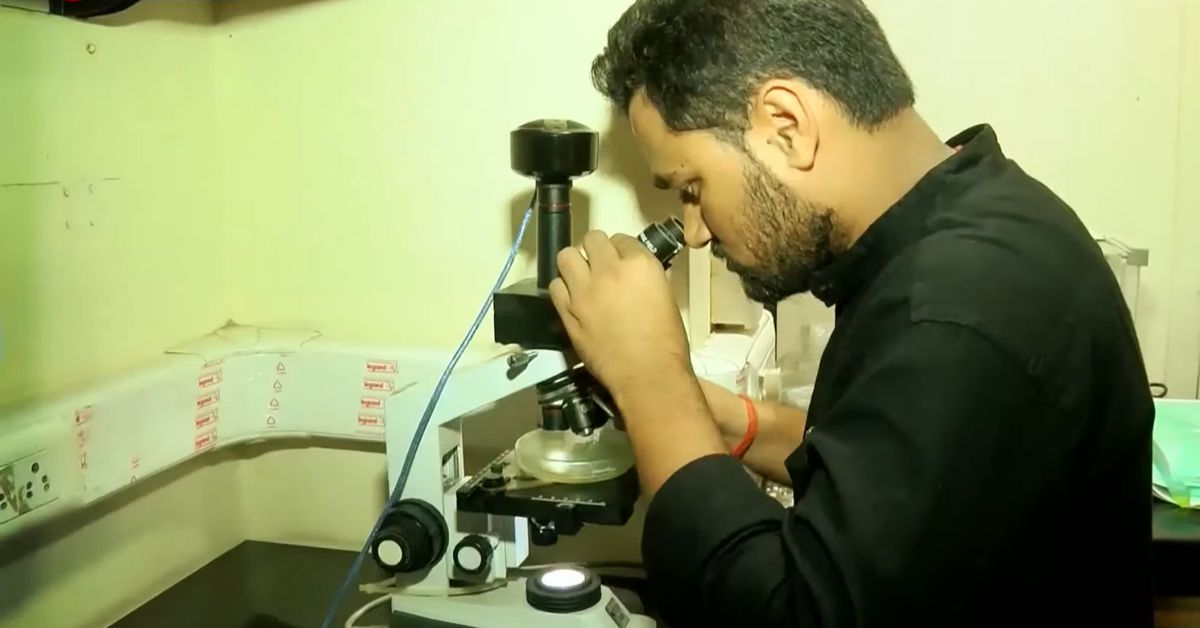
The battle between chemical and organic
Intent on creating a solution for farmers to increase their yield, Akshay explored the options that lay before him — either work on improving the seed quality or work on improving the fertiliser quality.
He chose the second for its potential.
“Everyone knows there are two kinds of fertilisers that exist. One is a chemical fertiliser, and the other is organic. Something that I have never been able to understand is why people still use chemical fertilisers when they know it’s harmful effects. Also, why haven’t organic fertilisers become popular in spite of their benefits?”
In the computer lab of his college, Akshay began looking for the answers. But the facts he stumbled across only added to his initial shock. A 2020 report by the BioMed Central (BMC) Public Health Journal suggested around 385 million people, particularly among farmers and agriculture workers, are poisoned by pesticides every year. It also accounts for 11,000 deaths per year. Among the fatalities, nearly 60 percent or 6,600 deaths per year, occur in India alone.
“People are dying due to chemical fertilisers. But why are farmers still using them?”
The next few weeks saw the persistent engineer chase down his college professors with this question. But no one seemed to have the answers. Eventually, they agreed to help him research the internet for the alternatives that existed to chemicals.
And that was when Akshay hit upon the idea of biofertilisers. Today, as he prides himself on helming his startup, he smiles at how he never intended for it to become a business. “LCB Fertilizers was just a college project,” he says. Today, the company has made a Rs 1.3 crore turnover.

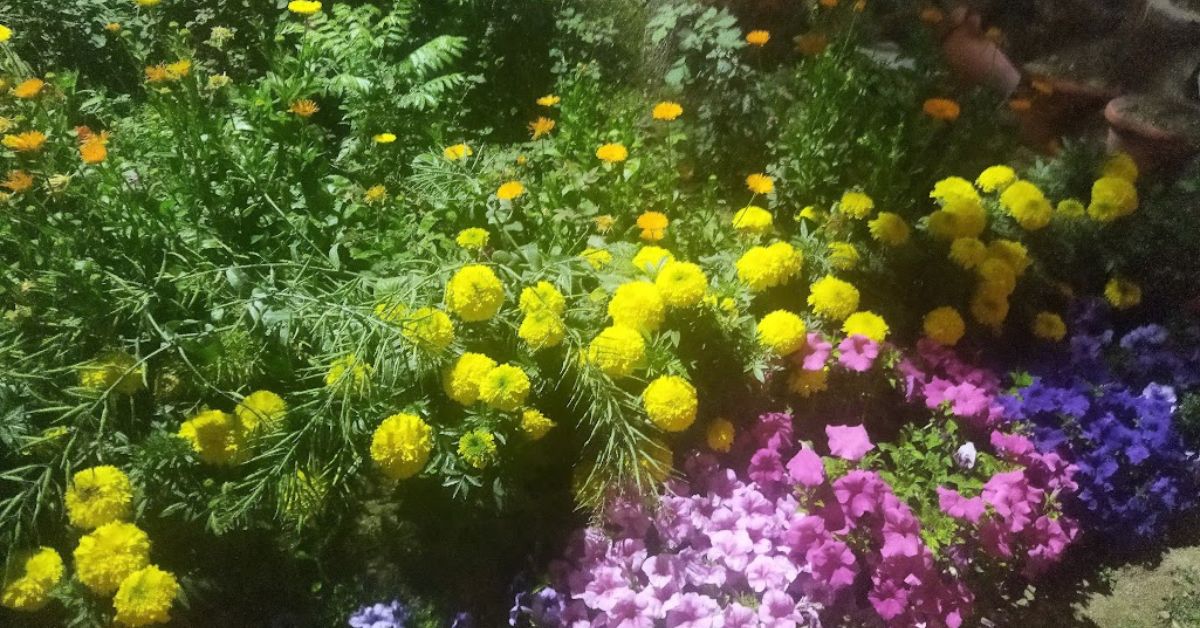

Developing the miracle product
It was during his internship years at the Indian Institute of Technology (BHU) Varanasi, (IITBHU) that Akshay’s idea got scale. The technical internship in 2019 introduced him to facets of integrating tech into business and commercialising an idea for social impact.
Following this, Akshay was selected for the Ministry of Agriculture’s RKVY-RAFTAAR Scheme, which focuses on the development of agriculture and allied sectors. While the idea of biofertilisers had taken root in his mind, he hadn’t yet delved into the manufacturing process. But whilst at IITBHU, he recalls a seminar that helped him with his eureka moment.
“I observed that the processes of developing biofuel and biofertiliser were very similar. Both involve agricultural biomass being treated with microbes.” Thus began the journey of Akshay and his mentor testing different kinds of microbes across farming lands for their characteristics in a bid to see which would work best when added to fertilisers.
Towards 2020, Akshay had managed to come up with a set of biofertilisers that were all performing well. That same year, he formally launched LCB Fertilizers Pvt Ltd. But just when things were looking up, the COVID-19 pandemic hit.
“We had prepared microbe mixes in the laboratory and were in the process of testing the mixes on plants to check their efficiency. I had to return home with no idea of when I could get back to the lab. In the time that I was away, the microbe mixes had dried up and were now useless. I was back to square one — no lab, no money and no hope for what is next.”
Disappointment at having been so close to the dream, and having to give up, clouded Akshay’s mind. During this time he was also offered a job, but a gut feeling told him he shouldn’t give up on his dream just yet.
And so, the next day, with a Rs 10,000 investment, Akshay decided to turn his shed outside his home into his lab. “I purchased a pump from Amazon, a temperature sensor and I set up a bioreactor in my house. I had the know-how to prepare the fertiliser. I decided to do it at home.”
Through the weeks that followed, Akshay went around collecting old wood, and soil from different types of environments — from harsh climates, marshy areas to loamy soil and cow dung. The first batch of fertiliser he prepared weighed 3 kg.
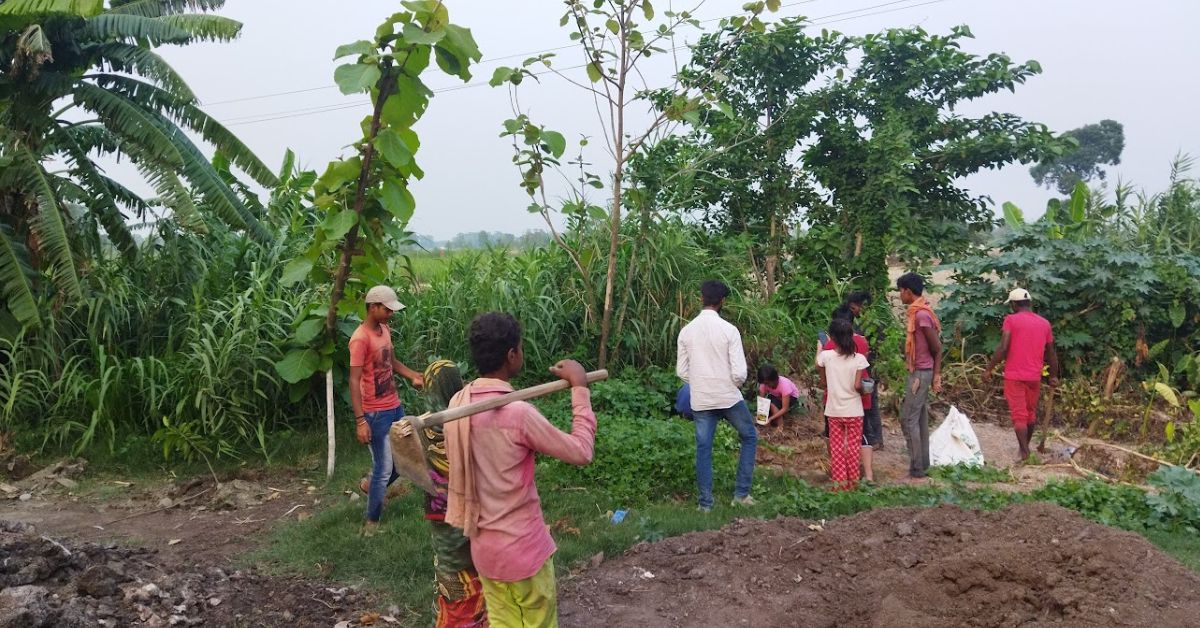

Akshay then proceeded to divide a 12 sq ft area outside the home into different portions. He planted seeds of carrots, spinach and radish in each portion but the choice of fertiliser was different — one batch was grown with a chemical fertiliser, one was grown with cow dung, one was grown with LCB fertiliser and the last with no fertiliser at all.
And you can guess which one thrived! Once the lockdown eased in 2021, Akshay approached IIT Kanpur where he met Dr Amitabha Bandopadhyay who helped him access labs, office space, and more.
In addition to this, a NIDHI Prayas Grant from the Department of Science and Technology, along with financial support of around Rs 8 lakh, also boosted the product’s development. Akshay was joined by Mukesh Singh, Shubhendra and Raj Kamal in his efforts.
What’s so special about this fertiliser?
Elaborating on why crops seem to be loving the LCB fertiliser, Akshay says it is because it provides them with everything they were missing in other chemical and organic fertilisers.
“Simply put, the fertiliser has four components. The first is a combination of microbes — nitrogen-fixing, potassium-mobilising, phosphorus-solubilising, and Trichoderma. This set helps the plant access the nutrients that it needs to grow well,” he says.
The second component is agricultural biomass. This comprises seven types of biomass such as bagasse, cow dung, etc. The third component is the nanoparticles which increase the resistance of the microbes and help them survive in areas where it is hot. “It makes them thermophilic so that the microbes can survive at temperatures as high as 70 degrees celsius,” he says.
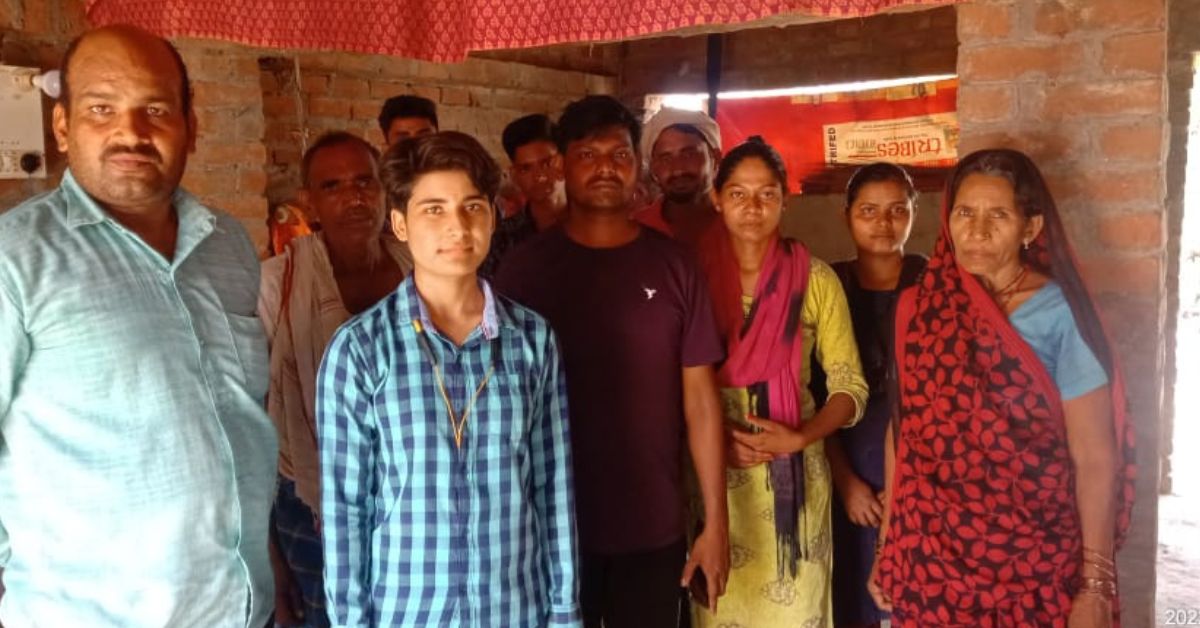
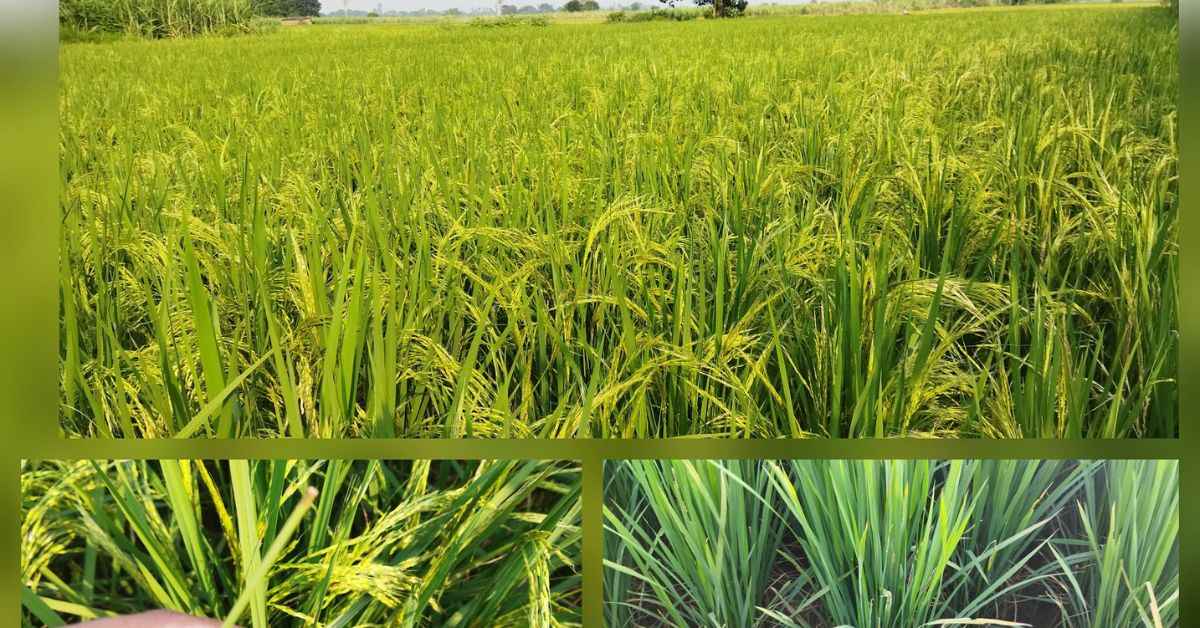
“The fourth component is a polymer which holds 260 times its weight in water and helps plants in drought-prone regions,” Akshay adds. “The LCB fertiliser helps reduce the cost for a farmer (from Rs 6600 for one acre to Rs 4000 for an acre) while making the process hassle-free. Because of the polymer, farmers only have to irrigate the land once in 25 days in contrast to once in 15 days.”
Today, Akshay claims that over 35,000 farmers have benefitted from the product. As more and more farmers are adopting this new piece of wonder, Akshay says he feels it is a personal win. “I have grown up watching what farmers have to endure because of products that do not perform well. I’m happy that I can help,” he says. If you found our stories insightful, informative, or even just enjoyable, we invite you to consider making a voluntary payment to support the work we do at The Better India. Your contribution helps us continue producing quality content that educates, inspires, and drives positive change. Choose one of the payment options below for your contribution- By paying for the stories you value, you directly contribute to sustaining our efforts focused on making a difference in the world. Together, let’s ensure that impactful stories continue to be told and shared, enriching lives and communities alike. Thank you for your support. Here are some frequently asked questions you might find helpful to know why you are contributing?

Edited by Padmashree Pande
This story made me
-
97
-
121
-
89
-
167




